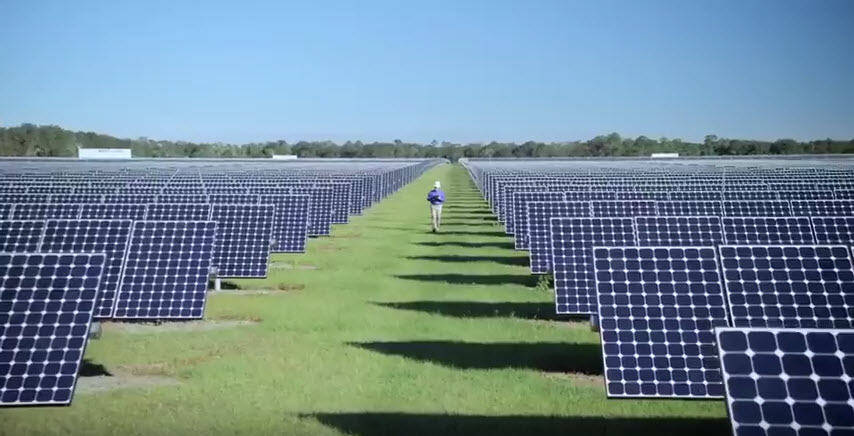Florida Power and Light (FPL) said that residential subscriptions to its SolarTogether community solar program have sold out, with more than 48,000 confirmed subscribers and another 2,000 waiting for future capacity.
The news extends to nearly full subscriptions across all of the program’s customer segments: residential, low-income, commercial, industrial, and government. The commercial, industrial, and government portions filled up within a month of the program’s launch. SunAssist, the program’s low-income portion, achieved a 50% subscription rate in the six months it has been available.
SolarTogether is billed as one of the largest community solar programs in the country, though calling it a true community solar program may be a bit of a misnomer. The program is one piece of the utility’s larger 30×30 program, under which FPL aims to install 30 million solar panels by 2030. SolarTogether is described by the Southern Alliance for Clean Energy as 30×30’s “backbone.”
Once all of its solar installations are completed, the program will total 1.49 GW in capacity, spread out across 20 projects. This is where the phrasing gets tricky. Each of the projects within the program will be 74.5 MW in capacity, the general maximum size for utility-scale solar installations in Florida. True community solar installations, however, are considered to be in the 1-5 MW range, with some outliers pushing the boundary at 20 MW.
Moreover, SolarTogether subscribers don’t pay to directly receive the energy generated by any particular project. Instead, customers buy a subscription that helps to pay for the 20 solar energy centers FPL has built across the state. In return, the customers receive credits that eventually lower their electric bills. Subscribers are expected to achieve a simple payback on their subscription within seven years.
Roughly a year after FPL first announced SolarTogether, Duke Energy Florida filed with state regulators a proposal to develop 750 MW of new solar in the Sunshine State, which the company would then sell to customers in 1 kW blocks.
Like SolarTogether, Duke subscribers–for a fee–receive a bill credit. Duke expects that by year five of the program, the annual bill credit will exceed the subscription fee. By year seven, customer credits are expected to exceed the charges paid to-date for the program.
While Duke has been careful not to refer to the program as community solar, one of the signatories of the initial filing, the Southern Alliance for Clean Energy does, calling it “one of the largest community solar program(s) in the U.S.”
When FPL and Duke each announced their programs, many solar and renewable energy advocates vocalized their belief that neither program represented true community solar.
This content is protected by copyright and may not be reused. If you want to cooperate with us and would like to reuse some of our content, please contact: editors@pv-magazine.com.









By submitting this form you agree to pv magazine using your data for the purposes of publishing your comment.
Your personal data will only be disclosed or otherwise transmitted to third parties for the purposes of spam filtering or if this is necessary for technical maintenance of the website. Any other transfer to third parties will not take place unless this is justified on the basis of applicable data protection regulations or if pv magazine is legally obliged to do so.
You may revoke this consent at any time with effect for the future, in which case your personal data will be deleted immediately. Otherwise, your data will be deleted if pv magazine has processed your request or the purpose of data storage is fulfilled.
Further information on data privacy can be found in our Data Protection Policy.